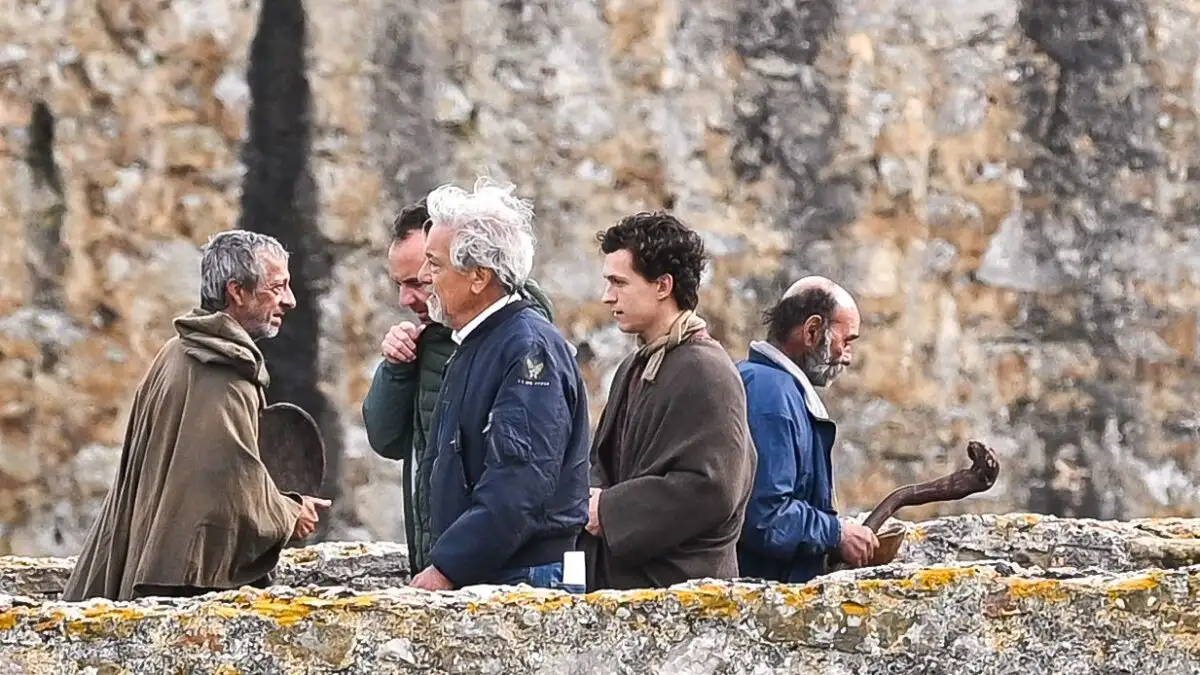The Roman amphitheater of Arles, standing as a timeless symbol of Roman engineering, culture, and societal importance, is a prominent relic of the ancient city of Arelate, now Arles in modern-day France. Built in 90 AD, during the reign of Emperor Domitian, the amphitheater was one of the largest in Gaul (modern-day France), designed to accommodate over 20,000 spectators. This grand structure, both in scale and architectural sophistication, remains a testament to the Romans’ mastery in the construction of public entertainment venues, similar to the world-renowned Colosseum in Rome.
Architectural Marvel
The amphitheater’s design reflects the Romans’ characteristic attention to detail and functionality. The structure spans 136 by 109 meters, embodying the classical Roman elliptical form that facilitated optimal viewing for all attendees. The arena itself is encircled by two tiers of 60 arches, divided by distinct architectural orders. The first level features sturdy Doric columns, emphasizing strength and simplicity, while the second level showcases Corinthian columns, known for their decorative elegance and intricate capitals. The inclusion of these two classical orders not only added to the amphitheater’s aesthetic appeal but also symbolized the hierarchy and order that underpinned Roman society.
A Venue for Spectacle
As with other amphitheaters across the Roman Empire, the Arles amphitheater was built to host a variety of public spectacles, including gladiatorial games, animal hunts, and public executions. These events served both as entertainment and as a method of reinforcing the power of the Roman state. The citizens of Arles, much like those in other parts of the empire, gathered here to witness the pageantry and brutality of Roman entertainment culture, which reinforced communal identity and loyalty to Rome.
Medieval Transformation
Following the fall of the Western Roman Empire in the 5th century, the amphitheater of Arles, like many Roman structures, fell into disuse and disrepair. However, the Middle Ages marked a curious transformation in the life of the amphitheater. By the 6th century, its open spaces and sturdy walls became a foundation for the construction of a small fortified community. Over time, nearly 200 houses were built within the structure’s walls, alongside chapels and four towers, which were added to the amphitheater’s perimeter. The once bustling arena for gladiatorial games was now a bustling, self-contained fortress—a citadel that shaped the medieval landscape of Arles.
A Rebirth in the 19th Century
The amphitheater remained inhabited for centuries, until the early 19th century, when a campaign to restore the historical monument began. The French writer Prosper Mérimée, renowned for his contributions to historical preservation, played a pivotal role in the amphitheater’s revival. In 1825, he initiated efforts to clear out the medieval homes and reclaim the site as a national treasure. By 1830, the clearing process was complete, and the amphitheater once again stood in its original form, free from the medieval encroachments.
The amphitheater’s restoration was symbolic not only of a physical revival but also of the 19th-century European fascination with classical antiquity. This period, marked by a resurgence of interest in Greco-Roman culture, saw many ancient sites across Europe rediscovered and restored to their former grandeur.
The restored arena also regained its role as a venue for public spectacles. In a nod to its ancient past, the first event held in the cleared amphitheater was a bullfight—an event that, although not Roman in origin, carried the same spirit of public entertainment that the structure had been built for nearly 2,000 years earlier.
UNESCO World Heritage Status
In 1981, the amphitheater of Arles, along with other Roman and Romanesque monuments in the city, was recognized as a UNESCO World Heritage Site. This designation not only affirmed the historical and cultural significance of the structure but also ensured its preservation for future generations. The amphitheater stands as a key piece of the ancient urban fabric that defined Arles, which was once a thriving provincial capital of the Roman Empire.
The Amphitheater Today
Today, the amphitheater continues to serve as a vibrant cultural hub. While its ancient walls have witnessed millennia of history, they now provide a backdrop for theatrical performances, concerts, and the region’s famed bullfights—offering a unique blend of ancient heritage and modern entertainment. Its ongoing use keeps the amphitheater alive as a space for public gatherings, much as it was in antiquity, bridging the past with the present in a remarkable continuity of purpose.
In conclusion, the Roman amphitheater of Arles is far more than a relic of an ancient civilization; it is a dynamic symbol of cultural endurance. From its origins as a grand Roman venue to its transformation into a medieval fortress and finally its revival as a historical monument, the amphitheater has adapted to the changing tides of history while retaining its monumental grandeur. As a UNESCO World Heritage Site, it stands as a reminder of the richness of Roman architecture and the enduring legacy of the Roman Empire in shaping Europe’s cultural landscape.







